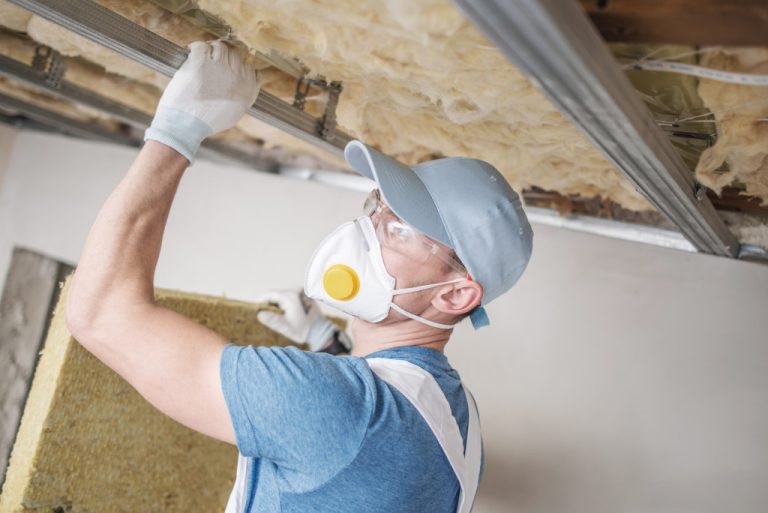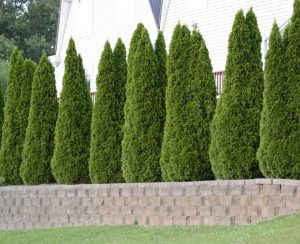It is going to be a hotter than usual summer for most of the contiguous United States. This is the National Oceanic and Atmospheric Administration (NOAA) forecast for the country’s West, northern tier, Mid-Atlantic, and Northeast regions. Up to 60 percent higher than usual temperatures are likely in the Great Basin and Northeast.
It is not yet too late for people living in these areas to do home improvement projects that will help cool down the house. Homeowners must focus primary attention on the roof and the attic. The roof absorbs a large amount of solar energy and transmits this to the interior of the house through the attic.
Cool Down the Roof
According to the U.S. Department of Energy, a standard roof can reach a temperature of 150°F or higher in an average summer. On the other hand, building a cool roof can bring down the temperature by 50°F or more. Changing the surface of the roof to reflect sunlight and absorb less heat makes it cooler. An added benefit is that maintaining a low temperature makes the roof last longer.
The immediate way of cooling down the roof is to coat it with white light-reflecting special pigments like thick paint. Specific products for various types of roof materials are available. In warm, moist climates, choose a coating that also prevents the growth of mold and algae.
For low sloped roofs with single-ply membranes, coat the black membranes to become reflective. On built-up roofs, replace the dark protective surface with reflective marble chips or mineral granules. For steep-sloped roofs, use specially coated cool asphalt shingles or naturally reflective tiles.
Homeowners who use ENERGY STAR certified metal and asphalt roofs with pigmented coatings or cooling granules are qualified for tax credits amounting to 10 percent of the cost, excluding installation. The cap for the credit is $500.
Flat or shallow-pit roofs can also become green roofs when covered with plants. This will also manage stormwater and provide additional outdoor space for relaxation.
Install Roof Vents

Roof vents ensure a well-ventilated attic. Hot air in the house naturally rises to the attic in what is called the stack effect. For the hot air to escape, there has to be an intake and an exhaust. Roof vents provide both. Air comes in from the outside, circulates through the space, and escapes.
In hot weather, these remove hot air from the attic, lowering the temperature in the house. These also pull up moisture from the air indoors, allowing it to escape. If hot air has no way out of the attic, not only will the house become warm, but condensation will form. This dampness will result in the growth of molds that are a health risk. It will also lead to rotting and dripping of water through the ceiling.
In cold weather, roof vents also serve an important function by keeping the attic at just the right temperature to prevent ice dams from forming on the roof. Ice buildup will damage the roof, the attic, and the walls of the house.
There are many types of vents but the most common are box and ridge vents. Box vents, also called louvers, are often made of tough plastic manufactured through custom plastic injection molding. These are placed on holes cut through the roof. Ridge vents are placed on the horizontal peak of the roof, evenly distributing air throughout the roof. Both the box and ridge vents can combine with soffit vents or eave vents which are intake vents made of flexible material. Air then enters through the eaves and escapes through the box or ridge vents. These use natural airflow without any mechanical parts.
Seal and Insulate the Attic

Sealing and insulating the attic supports the work of roof vents. Without proper attic sealing and insulation, ice dams can still form on the roof. The temperature throughout the house will be uneven, resulting in high cooling and heating bills. Dust can also accumulate in the home from the attic.
Sealing and insulation ensure that the home’s temperature remains cool in hot weather and warm in cold weather. Homeowners who install adequate insulation are also qualified for tax credits amounting to 10 percent of the cost, excluding installation, up to $500.
Keep Your Cool
Keeping the roof and the attic cool contributes much to cooling down the rest of the house. While this may not be enough to counteract intense temperatures in summer, it will significantly lower the burden on the air conditioning system. This extends the life of the equipment and substantially lowers your power bill. Add to these the tax credits and the health benefits of having a home with optimal temperatures and you will see that the investment in heat-proofing the roof and the attic is well worth it.











